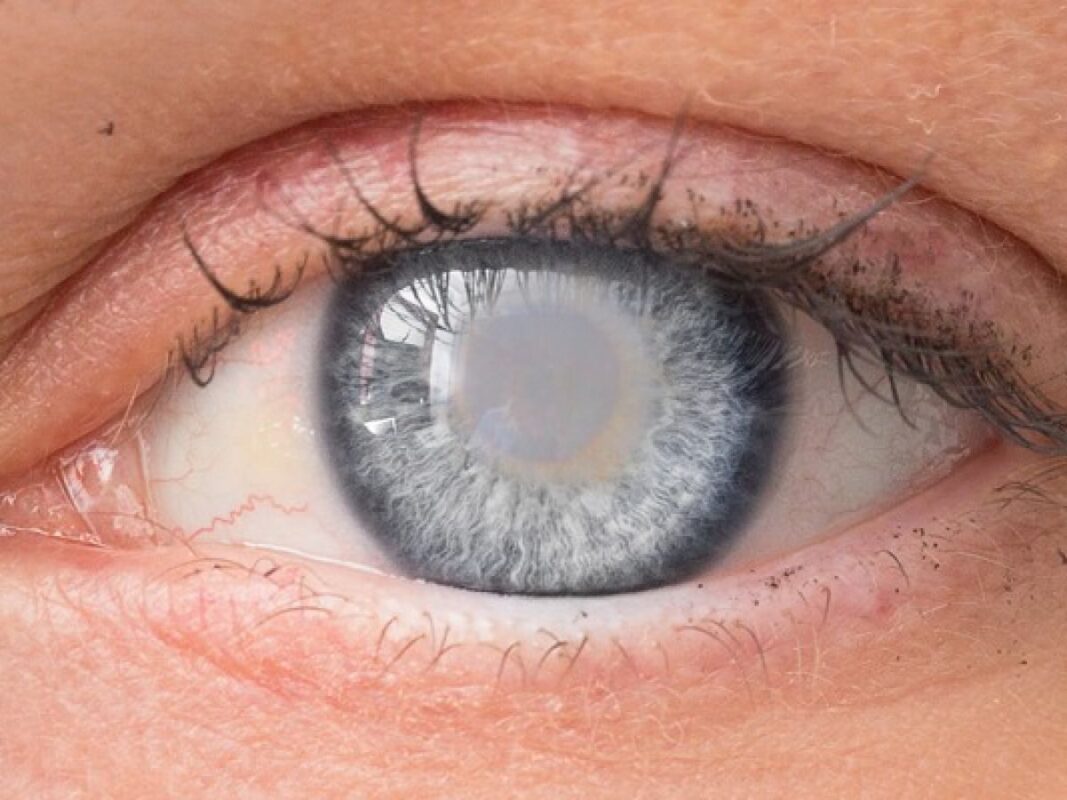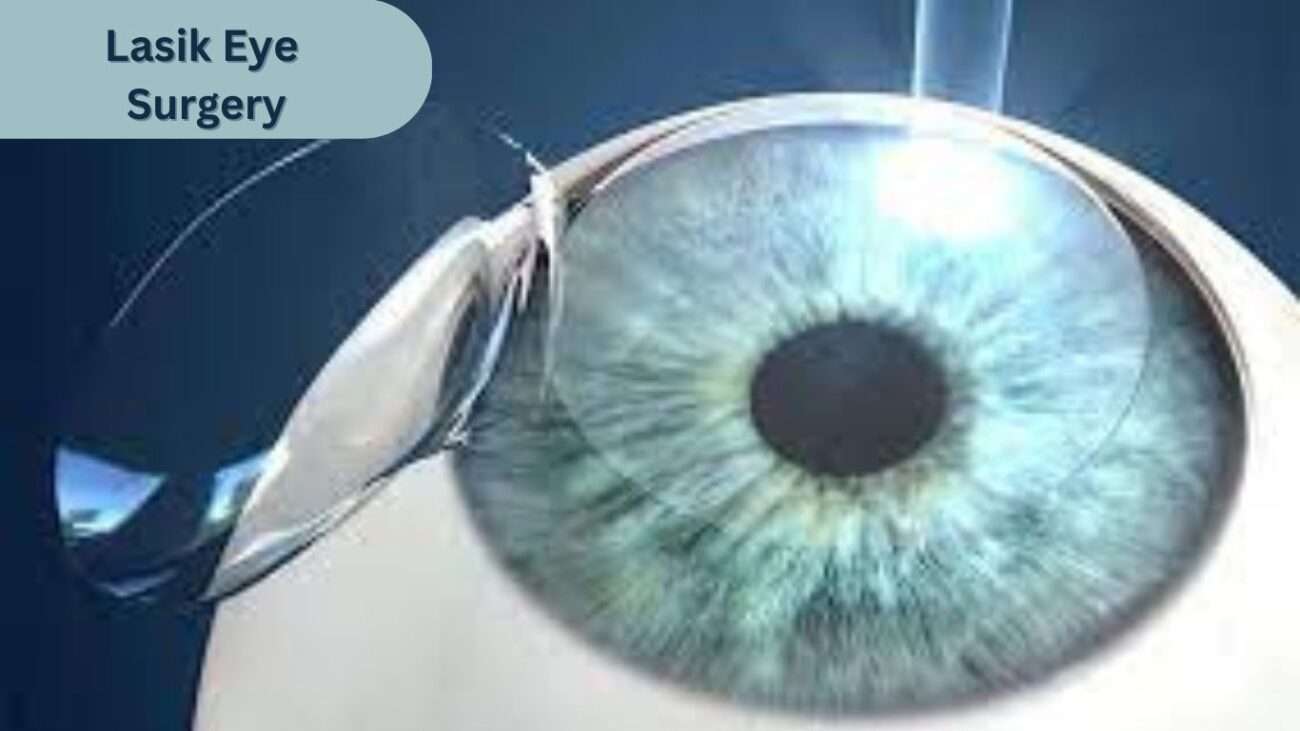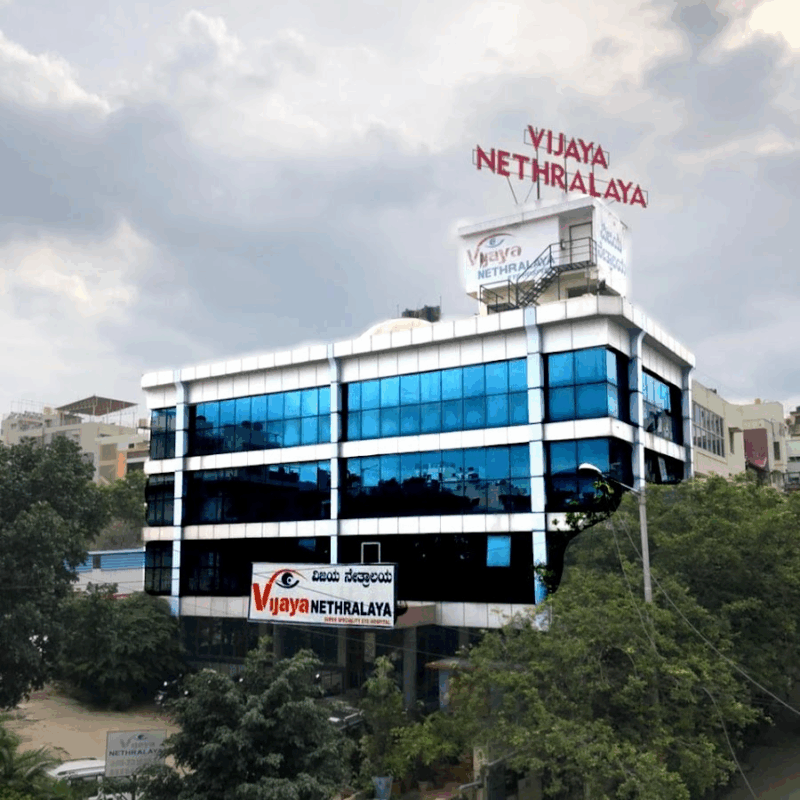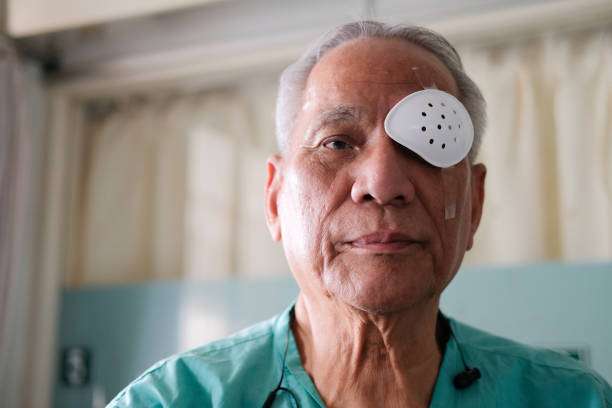INTRODUCTION:
Cataract surgery is a transformative procedure designed to restore clarity of vision and enhance overall quality of life for individuals affected by cataracts. Through the removal of cloudy lenses and the implementation of advanced techniques, this procedure offers renewed visual acuity and a brighter outlook on daily activities.
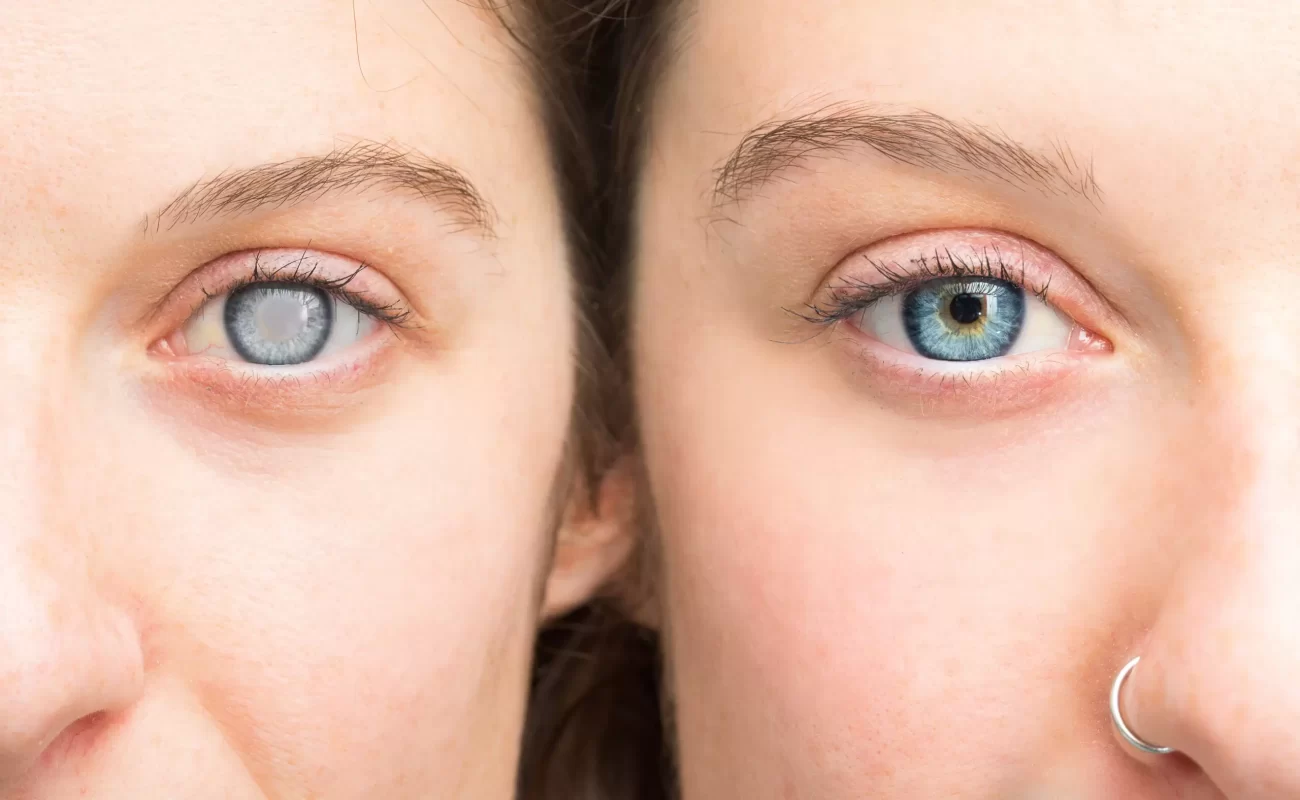
Pre-operative Evaluation:
Before cataract surgery, patients undergo a comprehensive eye exam to assess cataract severity and suitability for the procedure, including visual acuity, intraocular pressure, and lens and retina examination.
Anesthesia:
In cataract surgery, the surgeon typically administers local anesthesia to numb the eye using eye drops or an injection around the eye. Moreover, this ensures that the patient remains comfortable throughout the procedure.. In some cases, healthcare providers may administer sedation to help patients relax during the procedure.
Incision:
The surgeon creates a small incision in the cornea, the eye’s clear surface, either manually with a blade or using a femtosecond laser for precision.
Phacoemulsification:
During this step, the surgeon utilizes an ultrasound probe to break up the cloudy lens into tiny fragments, which they then suction out of the eye, making phacoemulsification the most common technique used to remove cataracts.
Intraocular Lens Implantation:
Once the surgeon removes the cataract, they implant an artificial intraocular lens (IOL) to replace the natural lens. The surgeon folds the IOL and inserts it through the same incision used for phacoemulsification, then positions it securely within the lens capsule.
Wound Closure:
In most cases, the incision created for cataract surgery is self-sealing and does not require stitches. However, the surgeon may apply a protective shield or patch to the eye to promote healing and prevent infection.
Post-operative care:
After cataract surgery, healthcare providers typically monitor patients for a short period in the recovery area before discharging them home. It’s important to follow post-operative instructions provided by the surgeon, which may include using prescribed eye drops, avoiding strenuous activities, and attending follow-up appointments.
Author Details:
Dr. Sushruth Appajigowda holds a prominent position as a Cornea, Cataract, Glaucoma, and LASIK Surgeon in Bangalore. He serves as the chief Cataract and Refractive surgeon at Vijaya Nethralaya Eye Hospital, Nagarbhavi Bangalore. Renowned as one of the finest LASIK surgeons nationwide, he brings with him over 12+ years of experience across multiple LASIK platforms, including ZEISS, ALCON, SCHWIND, AMO, and Bausch and Lomb. Having successfully conducted over 5000 LASIK procedures, Dr. Sushruth holds the title of a Certified Refractive Surgeon and a Fellow of the All India Collegium Of Ophthalmology. Furthermore, he stands as a distinguished speaker at various National and International Forums, using his expertise to guide you in selecting the most suitable procedure based on your health requirements.

Lhttp://vijayanethralaya.com/link-in-bio/
Conclusion:
Cataract surgery offers a safe, effective solution to improve vision and quality of life for those with cataracts. By understanding the process and consulting with an experienced ophthalmologist, patients can approach the procedure confidently, ensuring personalized care and successful outcomes.


